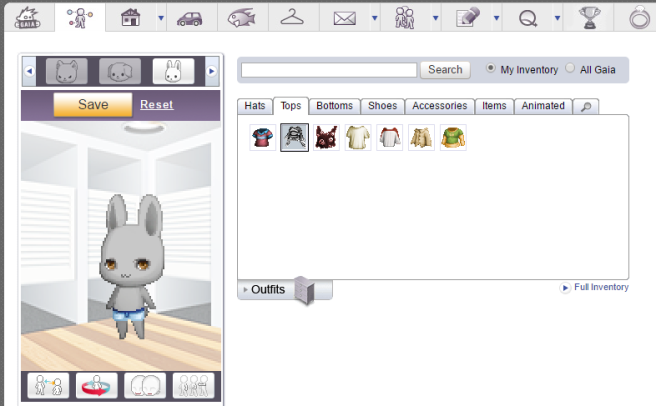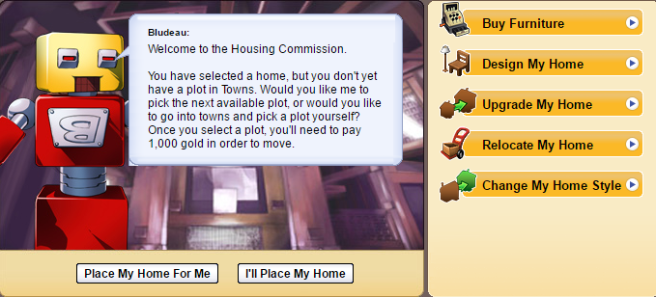Visit Facebook, Twitter – and TWO other social networking site of your choosing. Compare your impressions of these 4 sites. Note that you probably should register and log in to get the complete picture.
As technology advances, social networking sites are also evolving to create new ways for people to interact on the internet. Although most social networking sites have similar features, their functions and interaction levels tend differ. Here are the four social networking sites I will be comparing today: Facebook, Twitter, Instagram and Pinterest.
Out of the four social networking sites, Facebook seems to be the most popular because billions of people all over the world are using this platform. Facebook is a source of daily connection and interactions between friends and family members. Features such as the new feed, messenger and status update allows users to communicate their actions and opinions to their peers efficiently. Facebook allows users to share their lives in all forms of communications such as videos, images, news articles, comments and likes. Facebook basically does it all, compared to the other social networking sites.
Taking a look at Twitter, we can see that its users are entitled to sharing their thoughts, feelings, actions and opinions within a 140 character limit. Twitter is usually used on a more personal level, where users post their daily, hourly, or minutely comments. I notice that most of these comments include the use of hashtags which lets users search up certain hashtags and view all tweets related to the subject. Twitter also has a trending feed to show users what tags are most popular on its site in that moment in time.
Instagram users usually post photos or videos to capture that specific moment they would like to share with their followers. It is easy to use and even include filters to change the lighting and dimension of a picture. Similar to Twitter, people on Instagram also use tons of hashtags in their comments for easy reference to a topic, subject, or opinion. Instagram, Twitter and Facebook lean towards a more personal side that allows personality to shine through.
Lastly, I would describe Pinterest as a social bookmarking network. Users can follow other user’s pinterest boards relating to any subject. Within the pinterest board, users pin blogs, articles and images pertaining to one general category. Similar to Twitter and Instagram, Pinterest has the following and comment features for social interaction. Rather than interacting with mostly friends and family, Pinterest is a social one networking site you can use to bookmark anything of interest for yourself or sharing with just strangers.


